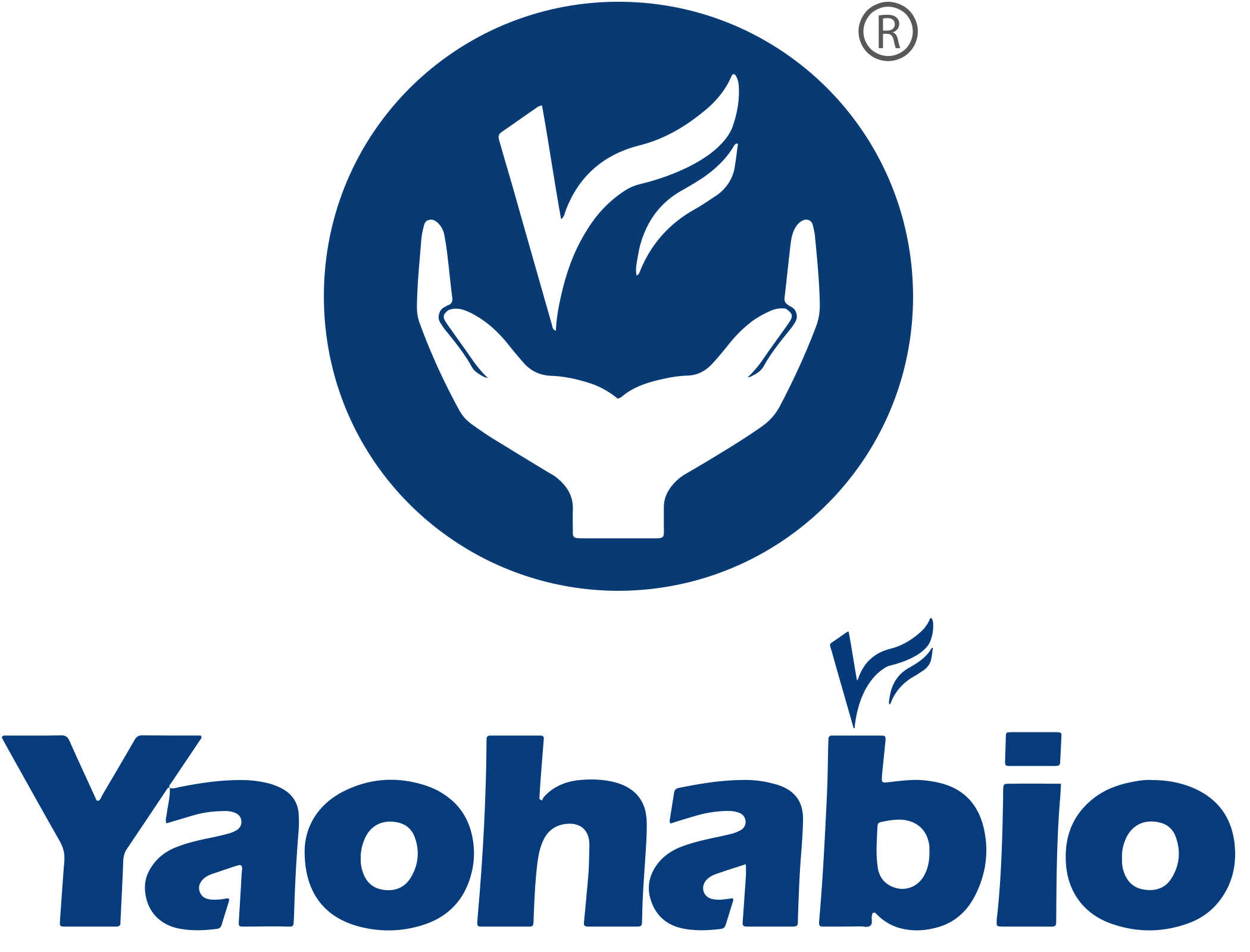Yaohai Bio-Pharma offers a fully integrated set of contract manufacturing services and solutions for aseptic fill and finish of biological products. Each of the GMP-level high-tech automatic fill and finish lines complies with NMPA, FDA, and EMA GMP regulations, and includes:
- Dedicated on-site vial sorting, washing, and depyrogenation
- Formulation preparation and sterilizing filtration
- Aseptic filling, stoppering, and capping in Grade A environment with Grade B surrounding for liquid drug products (DP)
- Aseptic filling, partial stoppering, lyophilization, full stoppering, and capping in Grade A environment with Grade B surrounding for lyophilized products
- Inspecting, labeling, and packaging of filled drug products (DP)
Keywords: aseptic drug product production, aseptic medicine production, aseptic processing, aseptic pharmaceutical manufacturing
Application: biopharmaceutical industry, human medicine, animal medicine, vaccine, recombinant large molecule biologics, biologics, biological reagent
Fill & Finish Capacity of Yaohai Bio-Pharma
We are providing Fill & Finish solutions for various biological modalities and placebos, meeting the needs for Investigational New Drug Application (IND) / Clinical Trial Application (CTA) and Biologics License Application (BLA) / Marketing Authorization Application (MAA) filing, clinical trials supply and Marketing Authorization Holder (MAH) commercialization supply.
Our Fill & Finish services are based on a wide range of packaging systems, including, but not limited to:
| Line |
Packaging Systems |
Specifications |
Accuracy |
Batch Capacity |
Annual Capacity |
| Line 1 |
Vials (liquid) |
2~10ml |
±0.25% |
60,000 |
10 million |
| Vials (lyophilized) |
2 ml, 4 ml |
37,800 |
5 million |
| 7 ml, 10 ml |
20,043 |
5 million |
| Line 2 |
Pre-filled syringes (PFS) |
1 ml |
±2% |
20,000 |
8 million |
| Cartridges |
3 ml |
20,000 |
8 million |
Fill & Finish Equipment
- Grade A Laminar Flow hood for aseptic filling
- O-RABS system in Grade A environment protection with Grade B surrounding
- Fully automatic loading and unloading system
- Lyophilizer with fully automatic Sterilization-In-Place (SIP) / Clean-In-Place (CIP) system
- Nitrogen protection device
- Particle Measuring Systems (PMS) online monitoring system
Fill & Finish Services for Various Biological Modalities
Vaccines–recombinant subunit vaccines, virus-like particles (VLPs), peptide-conjugate vaccines, bacteria-extracted antigens, etc.
Nano-antibodies (Nb)-monovalent, bivalent, or trivalent Nb / single domain antibodies (sdAbs).
Antibody fragments-fragment antigen binding (Fab), single chain fragment variables (scFv), variable domain of heavy chain antibody (VHH)/single domain antibody (sdAb).
Antibodies–monoclonal antibodies, bispecific antibodies.
Peptides/ Hormones-GLP-1 analog, growth hormone (GH), insulin, parathyroid hormone (PTH 1-34), etc.
Cytokines-Interleukin-2 (IL-2), IL-15, IL-21, Interferon (IFN), Granulocyte Colony Stimulating Factor (G-CSF), Osteocyte Factor (OF), etc.
Growth factors-Fibroblast growth factor (FGF), epidermal growth factor (EGF), keratinocyte growth factor (KGF), platelet-derived growth factor (PDGF), etc.
Enzymes-Cas9 nuclease (gene editing enzyme), urate oxidase, protease (IgG protease, IgA protease), endoglycosidase for ADC site-specific conjugation, etc.
Other Proteins-PEG-conjugated protein, human serum albumin (HSA) - fusion proteins, Cas protein family, tuberculosis allergen (allergen), antigen, carrier protein, Matrix Extracellular Phosphoglycoprotein (MEPE), proteinA affinity chromatography ligand protein.
Nucleic Acids-mRNA, plasmid DNA (pDNA).
Frequently Asked Questions (FAQs)
Description of Vial Fogging
Vial "Fogging" occurs after lyophilization when the drug product moves up the inner vial surface. It is often seen as a cosmetic issue, but the extent of acceptable fogging can differ by market. However, if the fogging extends to the vial neck region, it can lead to loss of container closure integrity, making it a potential critical defect.
|
Factors leading to fogging of glass vials
Vial Fogging is related to the characteristics of the drug formulation (active ingredient of drug and excipients), such as surface activity, surface tension, viscosity, etc.; the different adsorption properties of packaging materials, such as the inner surface of glass vials, may also lead to the Vial Fogging phenomenon.
|
Vial Fogging Mitigation Strategies
Without changing the components of the formulation, it is recommended to change to the glass bottle with lamination to reduce the adsorbability.
|
Reference:
Abdul-Fattah AM, et al. Investigating factors leading to fogging of glass vials in lyophilized drug products. Eur J Pharm Biopharm. 2013 Oct;85(2):314-26. doi: 10.1016/j.ejpb.2013.06.007.
Langer C, et al. Method to Predict Glass Vial Fogging in Lyophilized Drug Products. J Pharm Sci. 2020 Jan;109(1):323-330. doi: 10.1016/j.xphs.2019.08.024.

 EN
EN
 AR
AR
 HR
HR
 CS
CS
 DA
DA
 NL
NL
 FI
FI
 FR
FR
 DE
DE
 EL
EL
 IT
IT
 JA
JA
 KO
KO
 NO
NO
 PL
PL
 PT
PT
 RO
RO
 RU
RU
 ES
ES
 SV
SV
 IW
IW
 ID
ID
 LV
LV
 LT
LT
 SR
SR
 SK
SK
 SL
SL
 UK
UK
 VI
VI
 ET
ET
 HU
HU
 TH
TH
 TR
TR
 FA
FA
 AF
AF
 MS
MS
 BE
BE
 MK
MK
 UR
UR
 BN
BN

